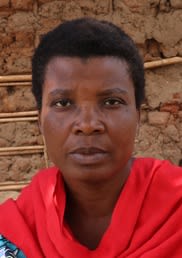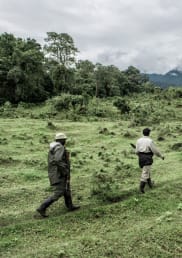Gender and conflict early warning: A framework for action
The paper offers a brief overview of the definitions, processes and development of conflict early warning, and clarifies the issues surrounding the use of the terms gender and gender mainstreaming. It also examines the links that can be made between gender and early warning and identifies areas where the integration of a gender perspective can improve existing models.
This paper presents an initial framework on how to ‘engender’ early warning and signs of conflict. More specifically, the process, and benefits can be understood as follows:
- incorporating gender-sensitive indicators into information collection and subsequent analysis allows for previously overlooked signs of instability to be taken into account and concentrates early warning at a grassroots level, anticipating conflict before it spreads to high politics
- incorporating gender analysis and perspectives into the formulation of response options ensures discriminatory policies are not perpetuated in post-conflict situations, or new found freedoms reversed. It also ensures that responses at a political and humanitarian level address the vulnerabilities specific to women and men
These proposals aim to make early warning more comprehensive, ‘earlier,’ and preventive actions more effective and permanent.As more comprehensive and quality early warning that include gender analysis increase the likelihood of political will, engendering early warning has far-reaching benefits that go beyond the protection of vulnerable groups.
The paper also proposes a list of gender-sensitive early warning indicators for the purpose of verification and expansion. It concludes with a set of recommendations for future research and action, with particular emphasis on conducting empirical tests on the assumptions put forth.






